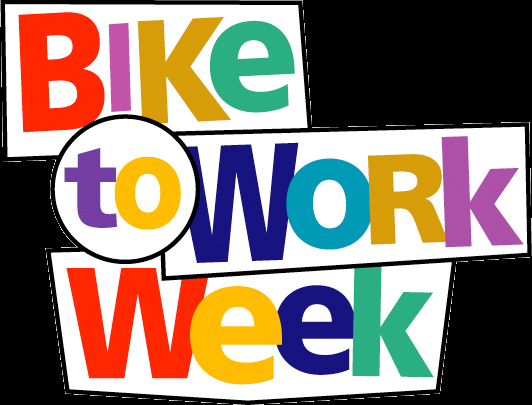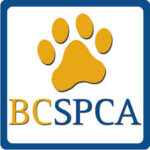Watch out for the other cyclist as more riders venture out on highways and streets during Bike to Work Week
Every day more and more cyclists take to highways in B.C. as the weather become more desirable.
Heading into Bike to Work Week, ICBC would like all drivers and cyclists to pay special attention to each other and share the road.
On average, 140 cyclists are injured and two cyclists are killed in crashes on southern interior roads every year.
Many of these tragedies are preventable – we can all do our part to help make our roads safer. Here are ICBC’s top five safety tips for cyclists and drivers to consider.
Tips for cyclists:
No. 1 – Brighten up: Bicycles can be hard for other road users to spot in the mix of busy traffic so cyclists need to be as visible as possible. Bright, reflective clothing is the best option for the rider, while the bicycle itself needs to have lights. If you ride at night, your bicycle must be equipped with a white headlight visible at 150 metres, and have a rear red light and a red rear reflector. Even if you are doing all of these things, never assume you have been seen by a vehicle.
No. 2 – Don’t rush: Remember to stop and look in all directions before cycling out of an intersection, driveway or lane. The majority of all children’s cycling crashes are caused by the child riding out onto a roadway without looking. Cyclists need to ensure they follow the rules of the road. Just like any other vehicle, you need to obey stop signs and other traffic control devices and enforcement.
No. 3 – Start at the top: While we’re talking rules, remember to always wear an approved bicycle helmet that meets safety standards – it’s the law in B.C. and you could be fined for not wearing one. Bike helmets alone could prevent up to 85 per cent of serious injuries, which account for 80 percent of all bicycle-related deaths. Look for a helmet that is approved by a recognized body such as Snell. More important than who made the helmet is how it fits. It should be snug, but not uncomfortable, and should not be able to roll off of your head when the chin strap is secured.
No. 4 – Get well positioned: Position yourself so other road users can easily see you – don’t weave in and out of traffic. Importantly, ensure you always avoid riding in blind spots of other road users. Cyclists should ride on the right side of the road and in single file.
No. 5 – Be defensive: While it is fine to ride in an assertive manner, cyclists need to think and look well ahead – remember, a conflict between a bicycle and a motor vehicle usually results in injury to the cyclist. Pay particular attention for vehicles turning at intersections, and slow down and take it easy on the curves.
Tips for drivers:
No. 1 – Keep your eyes peeled: As a road user, it is important that you always actively look for cyclists in traffic – especially in the spring and summer months when there are more of them on the road. Wherever possible, make eye contact with the cyclist to let them know you have seen him – a cyclist often relies on eye contact as a means of communication as they try to anticipate your next move. Make yourself familiar with the hand signals that cyclists use. Shoulder checking is also important, especially when making right-hand turns at intersections and before you open your door to get out of your vehicle.
No. 2 – Put things in perspective: It is often difficult to judge the correct distance between your spot on the road and a bicycle as it is approaching, particularly when turning left. Be extra cautious for cyclists, especially when turning at intersections. Before you pass another vehicle, make sure you check for oncoming cyclists and bicycles ahead of the vehicle you are passing.
No. 3 – Don’t get close: Drivers need to pay attention and yield to people on bikes and, importantly, need to keep at least three seconds of following distance. Bicycle movements can be unpredictable so an increased distance will give you more time to safely react. A significant number of crashes involving cyclists result from side-sweeping, so make sure there is enough space if you want to pass a cyclist.
No. 4 – Keep out: Bicycle lanes are reserved for cyclists – do not drive, stop or park in a bicycle lane. Sometimes you will need to cross a bicycle lane to turn right, or to pull to the side of the road. When you need to do so, take extra care – be sure to signal well ahead and remember to always yield to cyclists.
No. 5 – Be considerate: Like pedestrians, cyclists are vulnerable road users and don’t have the protection drivers have – both in terms of the shell of their vehicle and their seatbelt. Don’t honk your horn at a cyclist unless you need to give them a warning. A loud honk could startle them or even cause them to fall.
Last year, Bike to Work Week participants helped avoid over 160,000 kg of greenhouse gas emissions.
























